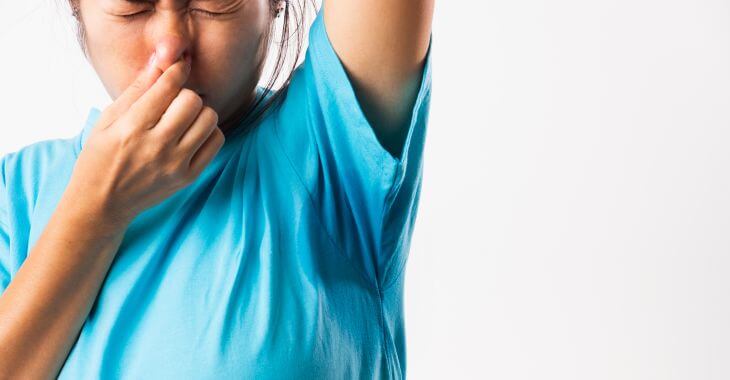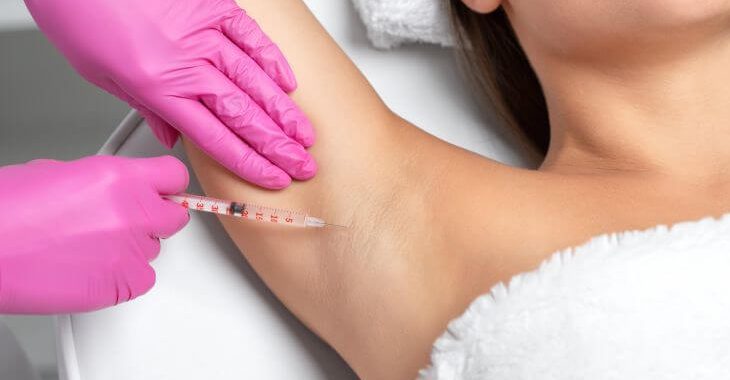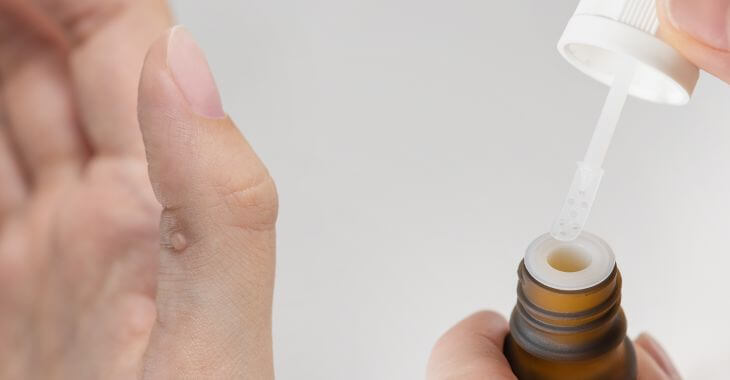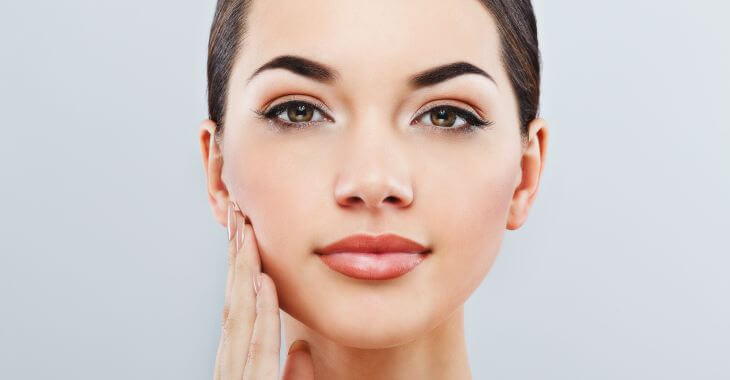Bromhidrosis Treatment – Available Options

Body odor is a natural occurrence when sweat and bacteria combine. However, most body odor can easily be controlled with regular showering or bathing combined with personal hygiene products. Bromhidrosis is a condition which causes offensive body odor even when good hygiene, antiperspirants and routine body care is used. Bromhidrosis treatments through medical professionals like dermatologists and physicians are available to control unpleasant body odor that may impact self-confidence and quality of life.
What Causes Bromhidrosis or Bad Body Odor?
The body has two types of sweat glands – eccrine and apocrine. Eccrine are numerous and throughout the body, releasing sweat to help control body temperature. The eccrine sweat does not have an odor and only causes a scent if allowed to dry on the skin and react with bacteria. Apocrine glands are only located in a few regions, including the arm pits, breast and genital region. These glands release an oily fluid that does create a distinct odor when it begins breaking down on the skin and reacting with bacteria. There are both eccrine and apocrine bromhidrosis, but apocrine is the most common type.
Eccrine Bromhidrosis Treatment
With eccrine bromhidrosis, the sweat is not the source of odor, but can cause reactions that lead to bad odors. The sweat can soften the keratin in skin and the bacteria degradation can result in an unpleasant odor. Other contributing factors can include certain foods, beverages and medications, as well as health conditions. Treatments for eccrine bromhidrosis focus on reducing sweat production, especially if hyperhidrosis is present. These can include:
- Prescription anti-perspirants
- Diet and lifestyle changes
- Botox injections
- miraDry treatments (electromagnetic energy treatments)
Eccrine bromhidrosis treatments are usually conservative, focusing on controlling the amount of sweat and reducing any contributing factors. Changing diet, medications and hygiene routines can often be effective in reducing unpleasant body odors. When conservative treatments are not effective, medical treatment from a dermatologist or physician is recommended.

Apocrine Bromhidrosis Treatment
Those that suffer from apocrine bromhidrosis may have bad body odor 24/7, regardless of their hygiene efforts. The apocrine glands can release secretions that have a very pungent, foul odor even when the skin is clean. For those with severe cases of apocrine bromhidrosis, treatment will likely require the expertise of a physician.
Conservative apocrine bromhidrosis treatment can include using extra strength topical deodorants/antiperspirants, showering 1-2 times daily and using anti-bacterial soap. Since the bacteria on the skin can trigger odor in both types of bromhidrosis, keeping bacteria at bay can help minimize odor. Removing body hair can also help – electrolysis or laser hair removal can remove hair that traps apocrine sweat in the arm pits or genital area.
When conservative treatments are ineffective at controlling body odor caused by apocrine bromhidrosis, medical treatments may be needed. Non-surgical methods of removing or disabling the apocrine glands include:
- Laser treatments
- Botox injections
- miraDry (electromagnetic energy treatments)
These methods can destroy the sweat glands to offer long-term relief from bromhidrosis. Botox injections do not destroy the glands, but they can limit production for a few months at a time. All of these treatments are non-invasive and do not require downtime or recovery. They can be performed during an office visit, usually in less than an hour, by a medical professional. While the apocrine or eccrine glands can be destroyed or disabled, they can regenerate over time and begin producing again.
Surgical Treatment for Bromhidrosis
The last resort for patients with chronic or severe bromhidrosis is surgical treatment. Removing the sweat glands through surgery or liposuction is possible when other bromhidrosis treatments are non-effective. There are various surgical methods that are used to remove the eccrine or apocrine glands to limit sweating and secretions to control body odor.
- Removing apocrine glands through a skin flap with no skin removal. This is minimally-invasive and has excellent results for most patients.
- Removing apocrine glands, subcutaneous tissue and skin
- Removing apocrine glands, skin and removing adjacent subcutaneous area
- Liposuction
Removal of the apocrine glands through surgery or liposuction has a high success rate – up to 98% of patients are satisfied with the results. Surgery tends to have a higher success rate than liposuction, and deep liposuction has better success than when performed at a superficial level. Surgery and liposuction should only be performed by an experienced physician or surgeon. Downtime and recovery are needed after these procedures, and as with all surgical treatments, there is a small risk of complications. It is important to note that even with surgery and liposuction, there is a chance of regeneration of the sweat gland and bromhidrosis could return.
Bromhidrosis is a frustrating condition that can impact a person’s self-confidence and comfort in social situations. For those suffering from bromhidrosis, treatment from a qualified dermatologist or medical professional is recommended to find the right treatment to give them relief.
The information provided on this website, including text, graphics, images, and other materials, is intended solely for informational purposes and should not be used as a substitute for professional medical advice, diagnosis, or treatment.



)